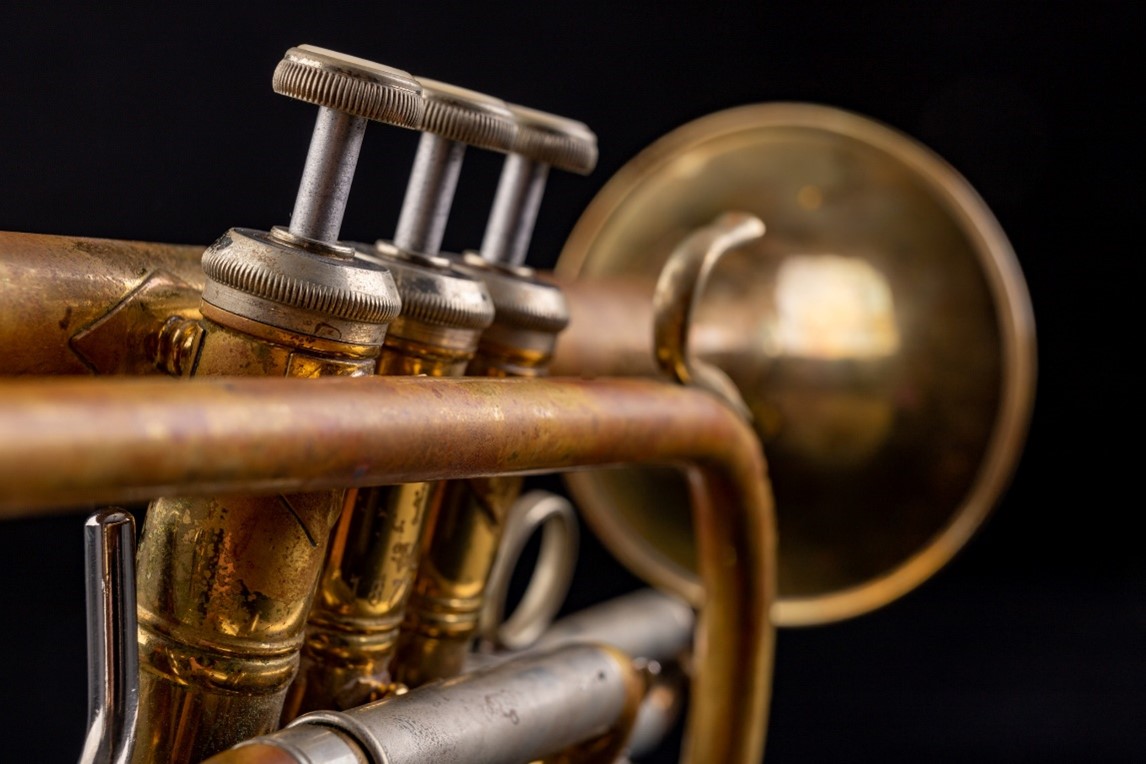Police work is a logical next step for many military veterans, and their unique experiences and training translate well into law enforcement.
Vincent Montague of Cleveland says that military training benefits veteran police officers right out of the gate; they enter the academy ahead of the curve, and they are already prepared for the rigid training program they will be undertaking. Throughout their military career, veterans develop skills such as teamwork, leadership, quick thinking, stress management, and more. Plus, they have developed beneficial personality traits too: discipline, integrity, and a sense of service being the highlights.
Below, more on how military training, service and all of its outcomes in teaching preparedness, skill development, and personal growth are an advantage in a second career as a police officer.
Benefits of Military Service in Police Work
Veterans frequently turn to police work as a second career after retiring from the military. They are viewed more favorably for those roles than citizens, and their service is highly beneficial to their new job in a number of areas. Most notably, their service gives them a leg up in terms of training and experience, skill development, and personal growth.
Training and Experience
Military trainees go through a much more intensive training process than police trainees. A police officer will accumulate roughly 1800 hours of training during standard 8-10 hour days before they are put into service in the community.
Military personnel, on the other hand, will be put through a more intensive training program for a longer period of time: a fully immersive training experience that accumulates over 7500 hours of training before they are finally placed into their entry-level military positions. This level of training will prepare them well for their conversion to police officers and ensure they excel.
A veteran’s experience with structure and hierarchy also benefits them in their role as a police officer. They will fit in well with the chain of command and emphasis on public service and will easily adjust to the code of conduct expected of them.

Skill Development
Throughout their military career, veterans are able to develop skills quickly and effectively that will help them significantly as police officers. These skills include working well individually and as a team member, the ability to follow orders with precision, rational decision-making under pressure, and stress management. All of these skills will help them excel in the demanding environment of law enforcement.
Personal Growth
For the most part, veterans achieve exceptionally high rates of personal growth during their military training and service years. They become dependable, well-rounded, disciplined members of society that prioritize service to the community and personal integrity. During their time as police officers, these personal characteristics will help them excel in community-facing situations and internal roles.
Wrapping Up
Overall, a history in the military translates very well to a second career in law enforcement. The intensive training they receive, their experience with a highly structured organization, and their opportunities for skill development and personal growth are all invaluable during their transition and throughout their career.







